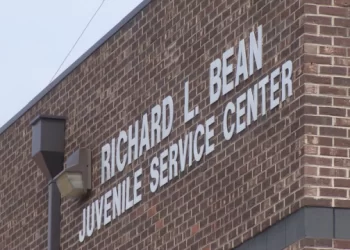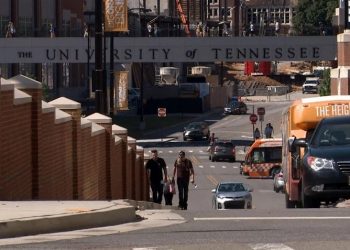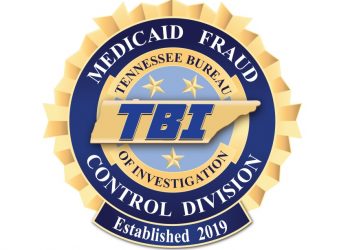Maryville, TN – As technology continues to evolve, law enforcement agencies are increasingly turning to artificial intelligence (AI) to enhance their investigative capabilities. However, the use of AI in public safety is raising important ethical and legal questions about its potential to cross lines that could violate privacy and fairness. One recent incident in Tennessee has sparked a debate on just how far AI should go in its role within the justice system.
Last week, the Sumner County Sheriff’s Office made headlines when it posted a video using AI to animate a photo of a man wanted for felony evading arrest. The video showed the suspect’s image “talking” to the public, commenting on how it was “crazy” that he was included in the sheriff’s office’s “Wanted Wednesday” post. In the video, the AI-generated figure encouraged viewers to report the man to authorities. The sheriff’s office later updated the post, removing the AI-generated video and confirming that the suspect had been captured.
While the video may have attracted attention for its creativity, it also raised questions about the ethical implications of using AI in such a manner. Legal experts, such as those at the Isaacs Law Firm, have pointed out that the use of AI in law enforcement is largely unregulated, leaving room for potential misuse. The blurred lines between reality and AI-generated content are especially concerning when it comes to public safety and how individuals are portrayed.
This is not the first instance of AI’s growing role in legal and governmental sectors. In 2024, a survey by the American Bar Association revealed that 30% of law firms had adopted AI tools, with ChatGPT, Westlaw, and Lexis AI being among the most popular. These tools are being used to assist with research, legal drafting, and case analysis. However, as AI becomes more integrated into the legal landscape, concerns about accuracy and the potential for misuse are mounting.
One such case involved Michael Cohen and his legal team, who faced scrutiny after it was discovered that some of the citations in a court motion had been generated by AI. Similarly, in February, three lawyers were fined for submitting court filings that included fabricated case citations produced by AI. These instances highlight the growing need for regulation and oversight in the use of AI, especially in critical areas like law enforcement and legal proceedings.
The case in Sumner County raises additional concerns. While AI may have the potential to be a powerful tool for engaging the public, its manipulation of images and voices could lead to unintended consequences. For example, such AI-generated content may mislead the public, create misinformation, or damage an individual’s reputation if used irresponsibly.
As AI continues to evolve, the lack of clear regulations in law enforcement and legal applications leaves room for controversy. Legal professionals and experts agree that as the use of AI increases, more stringent guidelines and oversight are necessary to ensure that these technologies are used ethically and in compliance with the law. Whether in courtrooms or on social media platforms, the line between responsible use of AI and potential harm needs to be carefully considered.
For now, the debate continues as both law enforcement and legal professionals explore the opportunities and challenges that AI presents. As technology advances, society will need to grapple with how best to balance innovation with ethical standards in the quest for justice.













